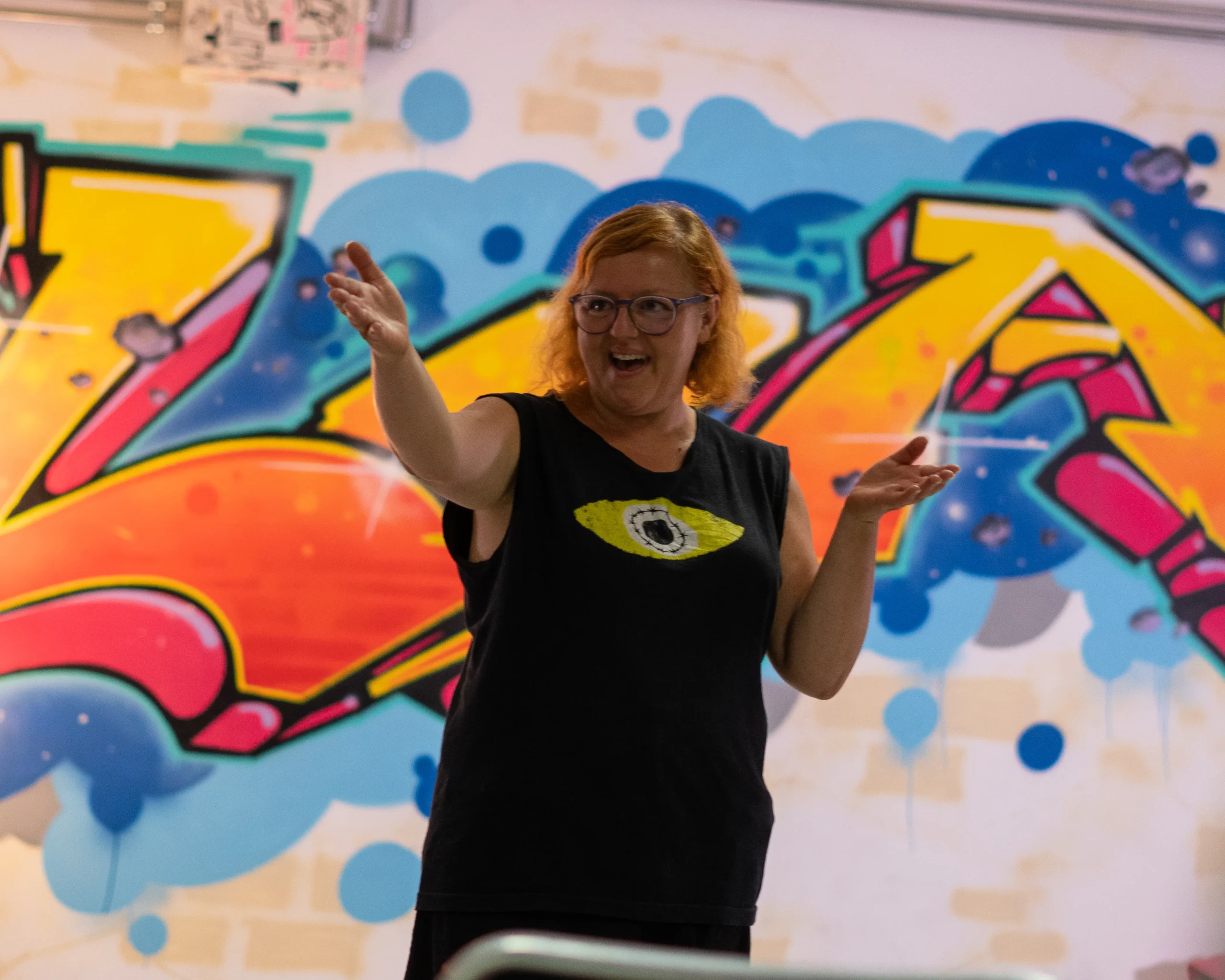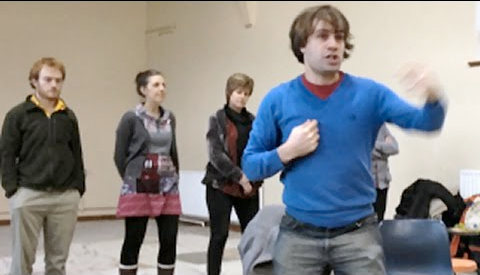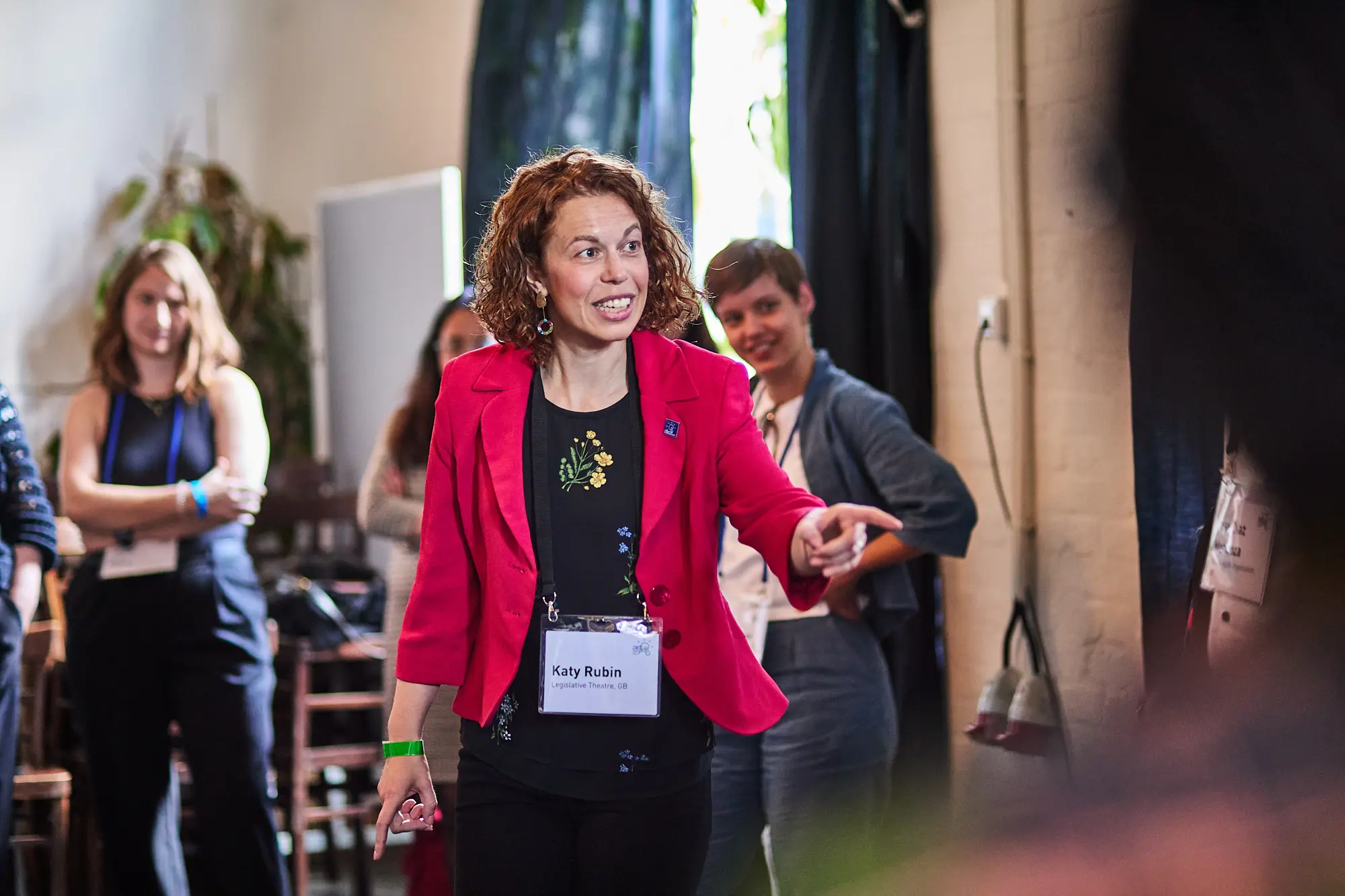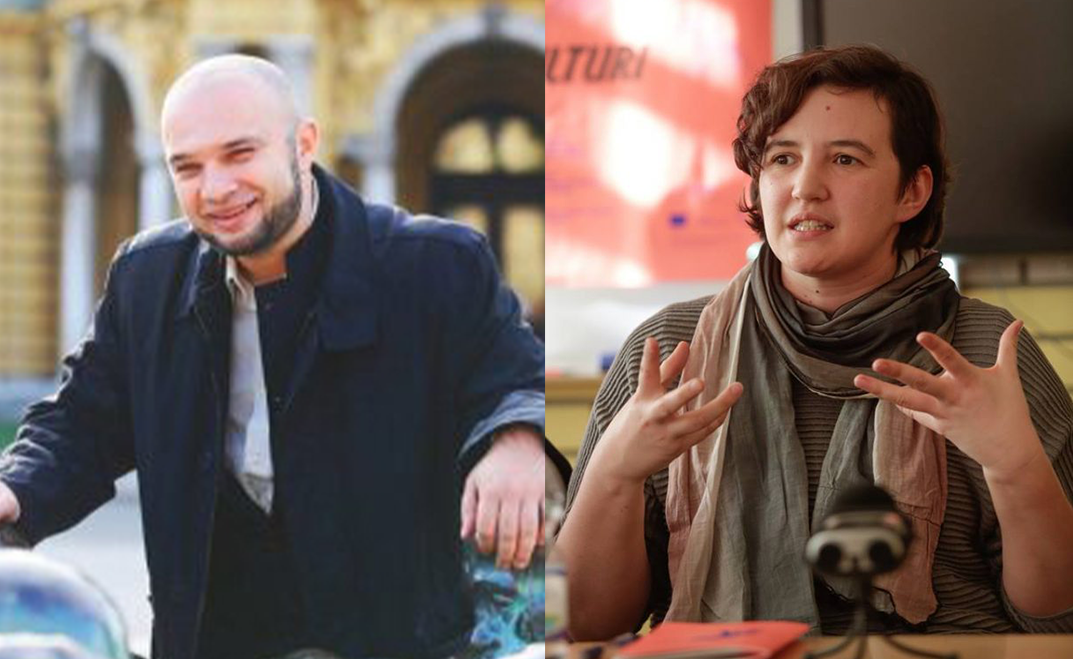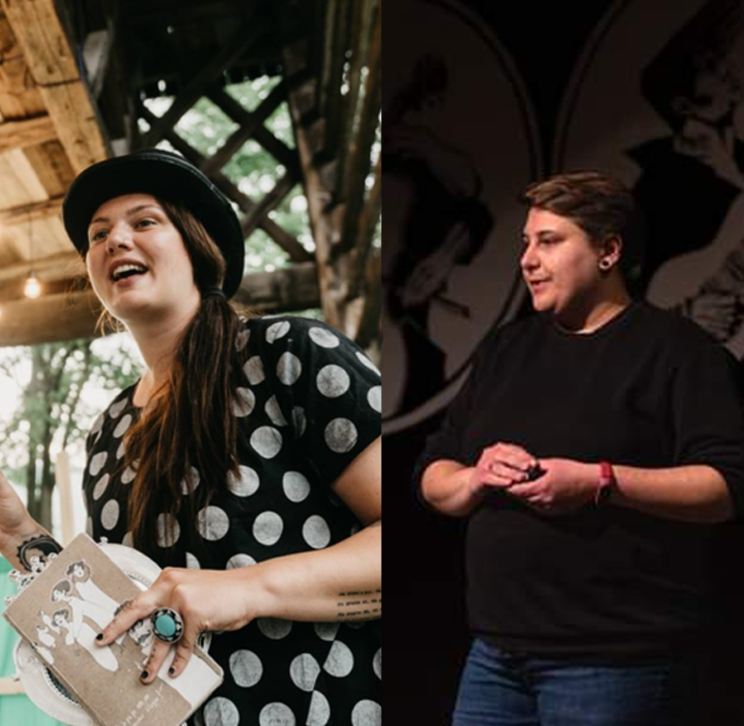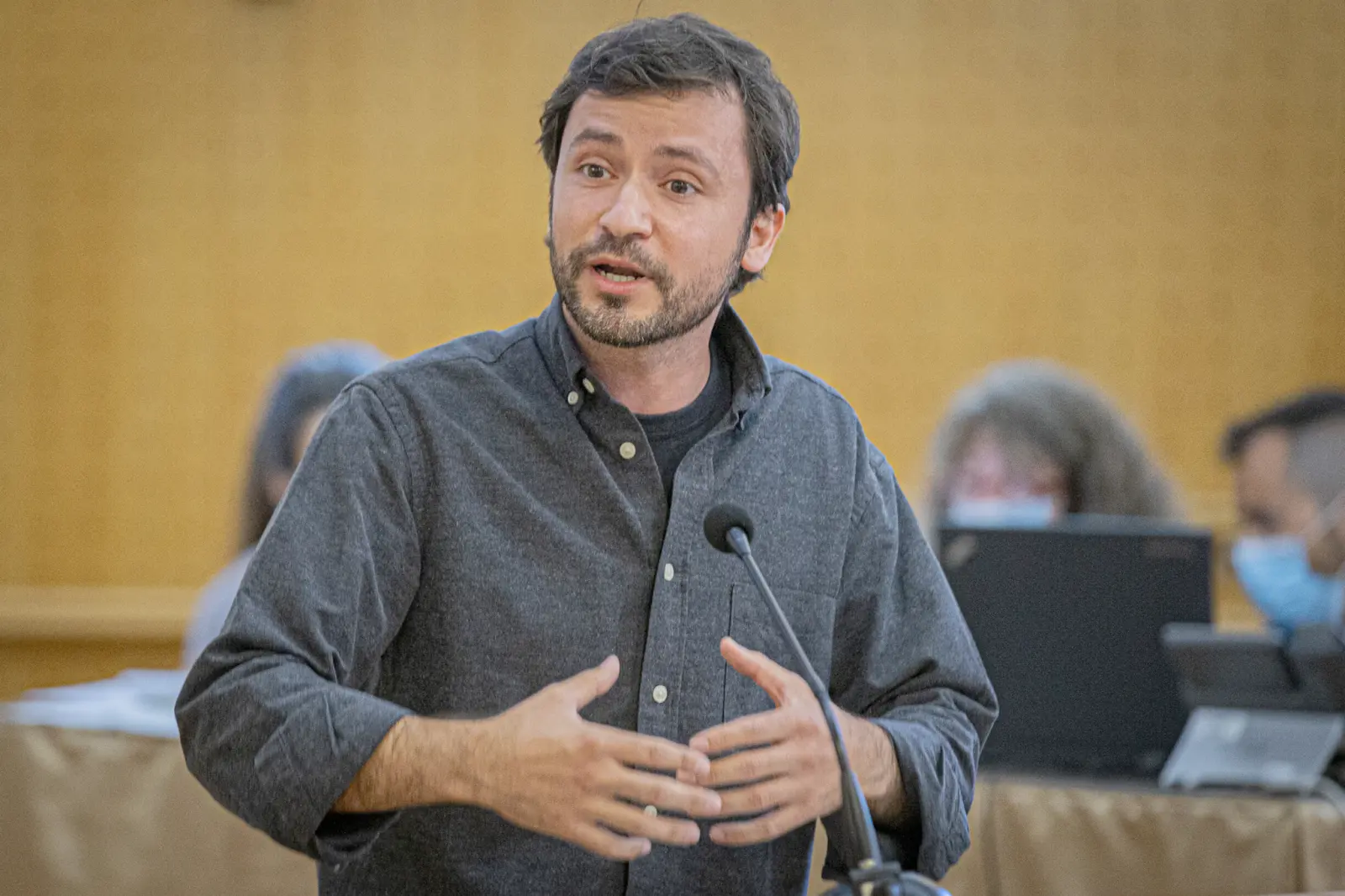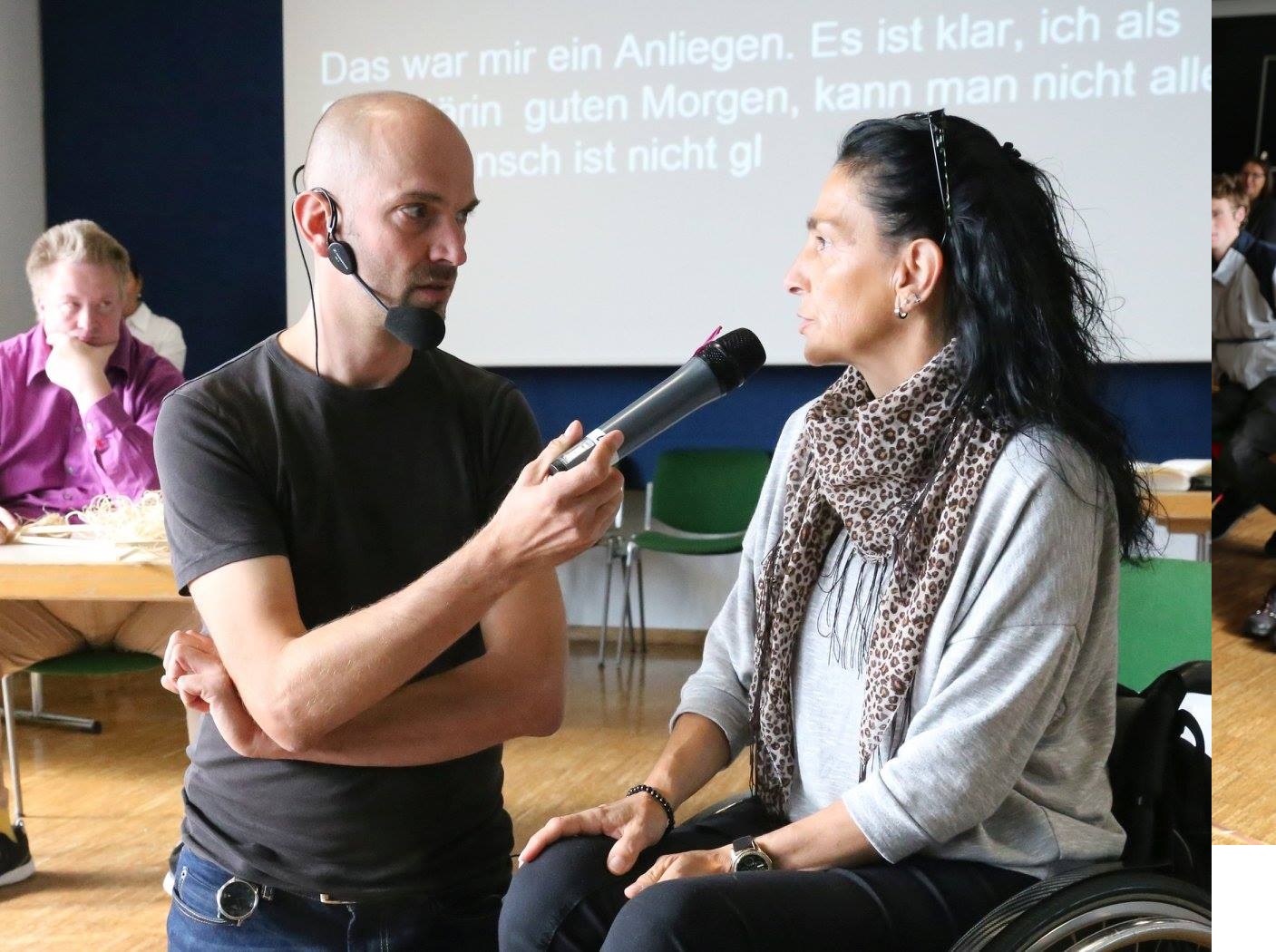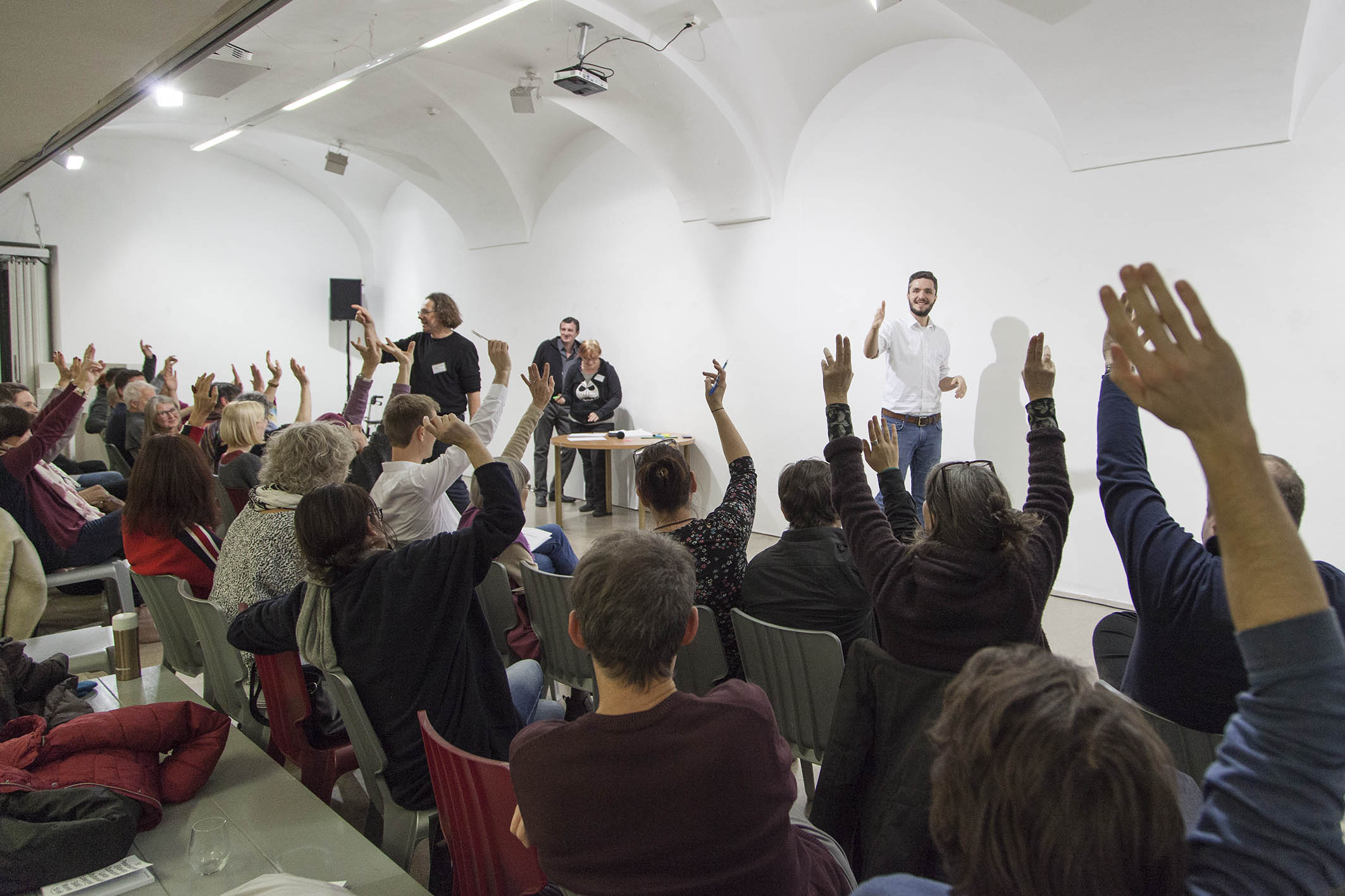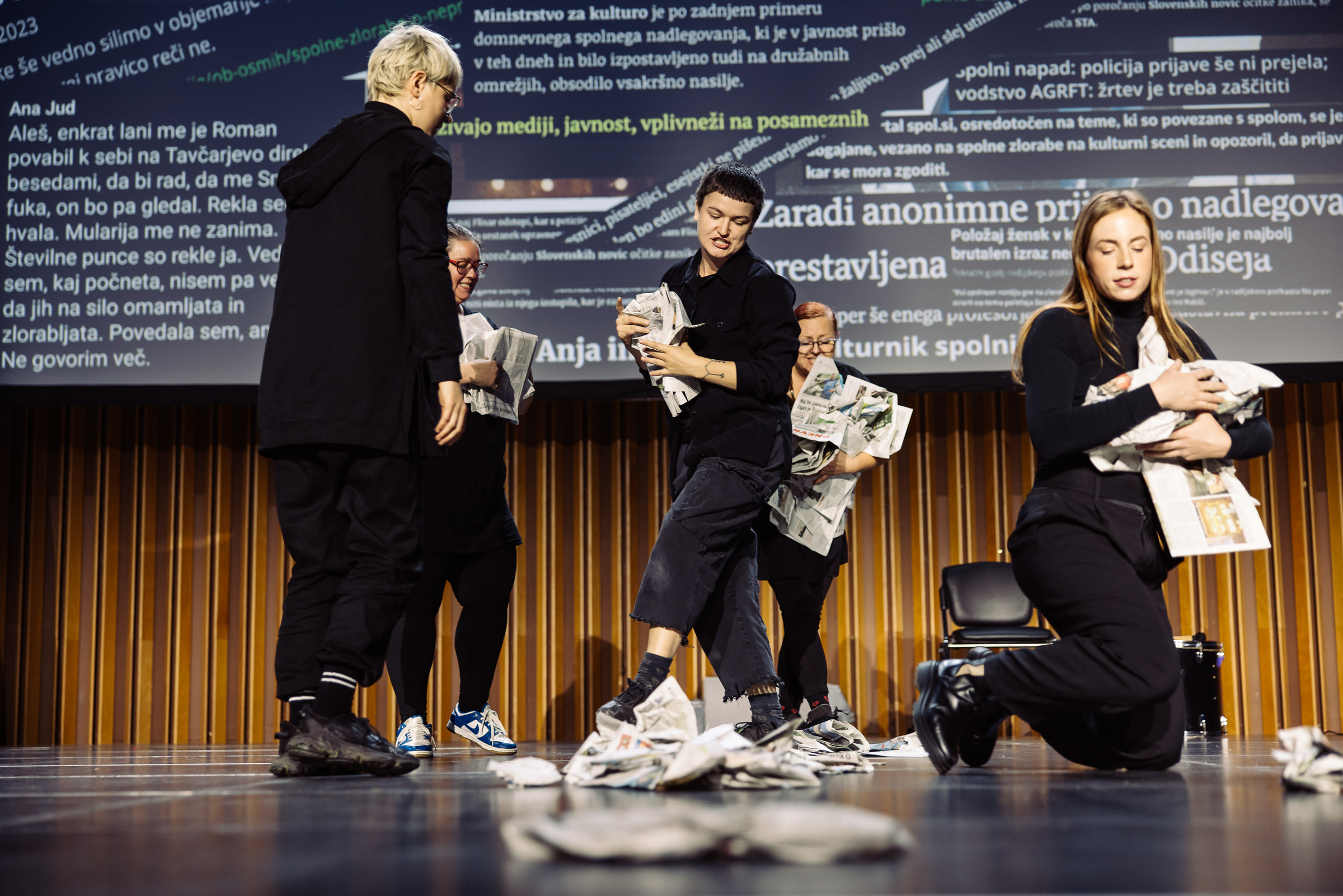Case Studies of Legislative Theatre Projects in Europe and USA: A comparison with Boal’s classic model
The experiences we have reviewed are diverse and differ in various ways from the first example of Legislative Theatre, the model developed by Boal in Rio de Janeiro between 1993 and 1996. However, this variation is logical, considering that Boal himself never claimed to impose a singular way of doing Theatre of the Oppressed (TO), other than adhering to its core principles and ethical-political choices—primarily, standing in solidarity with the oppressed, or with those whose legitimate desire for change is suppressed, ignored, or denied.
In gathering data, we relied on a grid and on online interviews with 10 Jokers who have had at least one experience with Legislative Theatre (LT). Below is a list of those we interviewed, whom we sincerely thank for their time and willingness to share their insights:
The grid was completed as participants answered questions, but in many cases, we found it more effective to have them narrate the entire story to fully understand the logic behind their approaches, which also proved helpful for us as researchers. As a result, we sometimes filled in the grid during the interviews, other times we transcribed the interviews first and then completed the grid, and occasionally we returned to participants for further questions. In the comparative analysis of the interviews, we identified both the diversity of paths followed by our interviewees and some common themes.
To start with a broad overview, we can categorize all the experiences into three main stages:
This phase includes identifying the theme, selecting the group to work with, building a network of stakeholders, preparing the media component, fundraising, etc. Some experiences, due to their specific nature, placed more emphasis on certain aspects (for example in “Take Part: It’s About Us” the focus was on networking). We found that this phase is often critically examined in hindsight, becoming a subject of further learning (for example in “Gender Equity Rules: Creating an Equal Society for All”).
Here, we observe several differences: some projects began with seminars or other activities to gather a group of actors, while others already had established groups they were working with. Additionally, some extended the replication phase of the Forum Theatre over several months or even years, while others condensed it into a matter of days.
Not all participants emphasized this phase. Some mentioned that they lacked the resources to engage in it fully, as following this phase can be burdensome due to the bureaucratic and political delays involved. According to some interviewees, this task is more suited to advocacy organizations or other political entities, while the role of Legislative Theatre stops at the creation of proposals endorsed by the oppressed community.
Now, let us delve deeper to better understand the similarities and differences, while also exploring ideas that might inspire us to develop a path suited to our own context and resources. One thing that clearly emerges from these experiences is the inherent flexibility required for the Legislative Theatre experiment to succeed. This flexibility ensures that it remains connected to the ongoing processes in the local communities where it is implemented.

